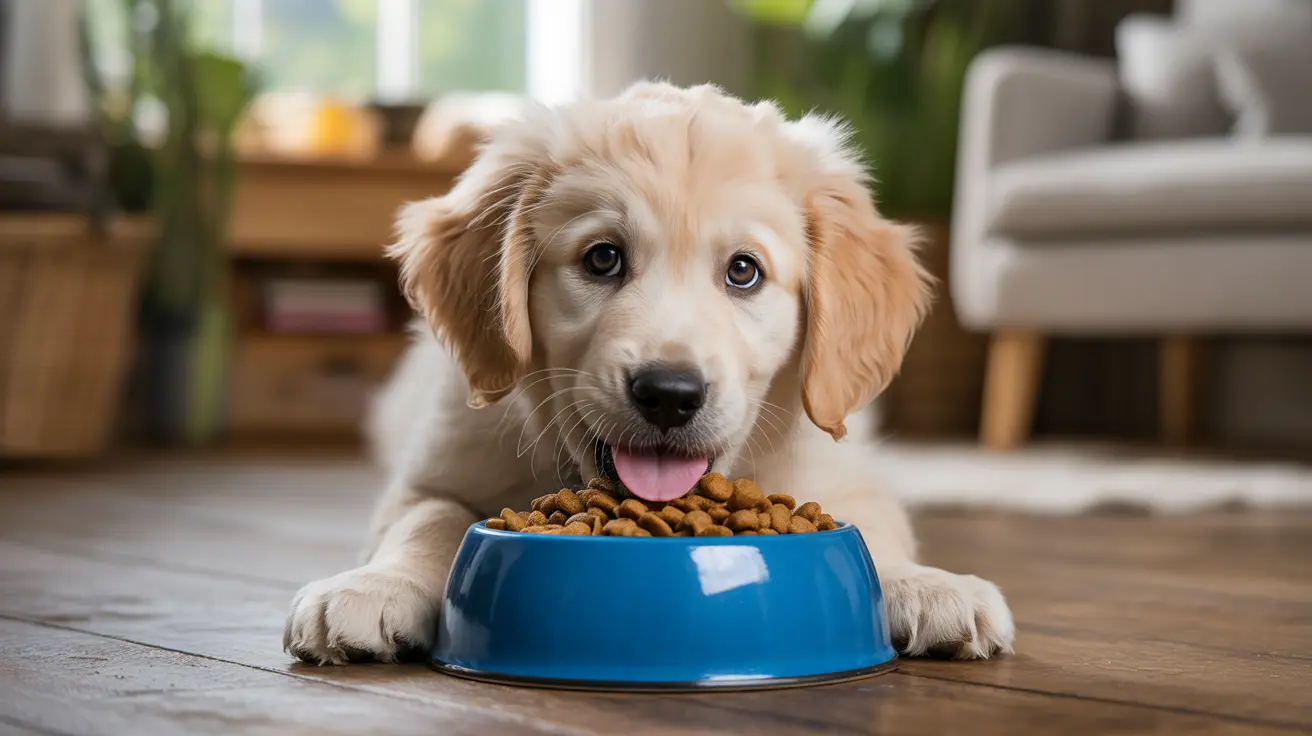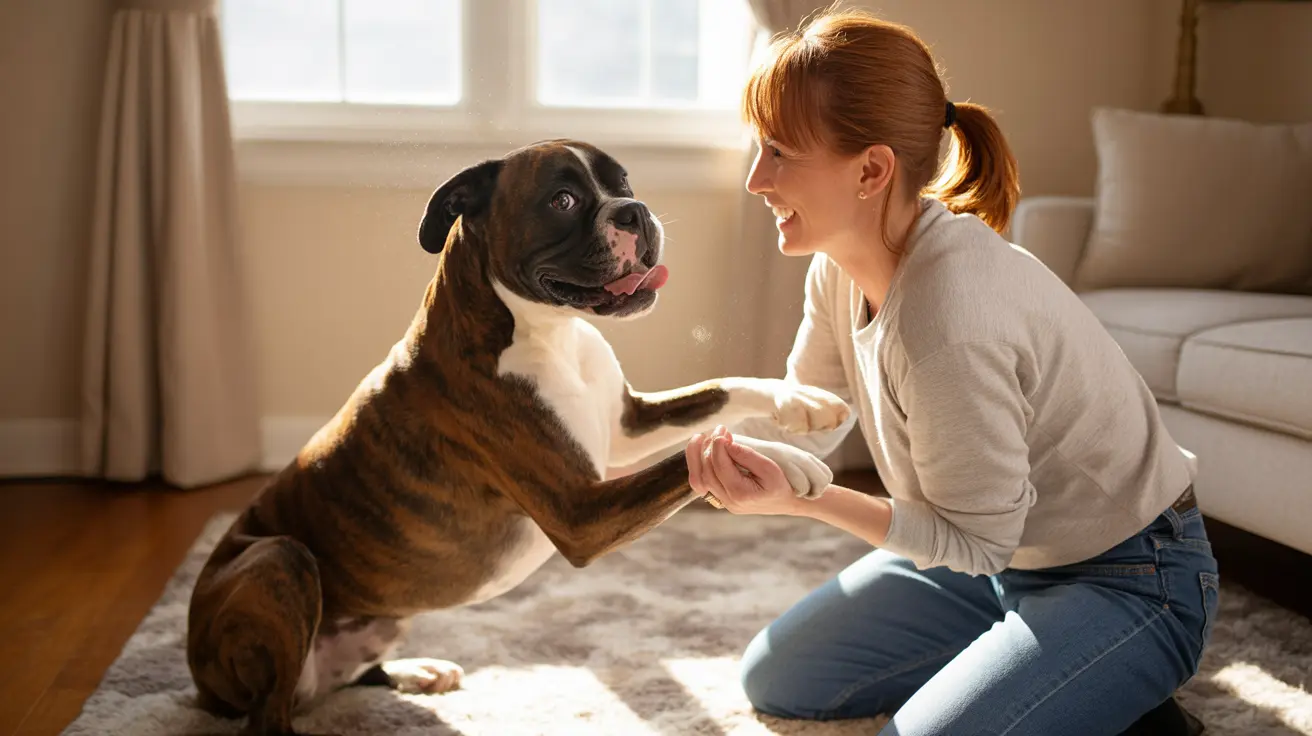When it comes to life-threatening emergencies in dogs, gastric dilatation-volvulus (GDV), commonly known as dog bloat, ranks among the most serious conditions that can affect our canine companions. This dangerous condition occurs when a dog's stomach fills with gas, food, or fluid and subsequently twists upon itself, creating a potentially fatal situation that requires immediate medical intervention.
Understanding GDV is crucial for every dog owner, as this condition can progress rapidly from mild discomfort to a life-threatening emergency within hours. The combination of stomach distention and rotation can lead to severe complications, including restricted blood flow, organ damage, and shock. With mortality rates reaching up to 50% even with treatment, knowing how to recognize and respond to bloat symptoms could mean the difference between life and death for your pet.
This comprehensive guide will explore everything you need to know about dog bloat, from risk factors and prevention strategies to treatment options and recovery care. Whether you own a high-risk breed or simply want to be prepared, this information could prove invaluable in protecting your four-legged friend.
Understanding Dog Bloat and Its Mechanisms
GDV occurs in two stages: first, the stomach dilates with gas or fluid (gastric dilatation), and second, it potentially rotates on its axis (volvulus). This rotation can trap gas and cut off blood supply to the stomach and other vital organs, leading to a cascade of serious physiological effects. As these effects progress, toxins can accumulate in the body, increasing the risk of organ failure and systemic shock. The urgency of recognizing and treating GDV cannot be overstated, as time is a critical factor in survival.
The Impact of Stomach Torsion
When dog stomach torsion occurs, the consequences can be severe and far-reaching. The twisted stomach prevents normal blood flow, leading to tissue death, toxin release, and potential cardiac complications. In addition, the distended stomach can compress major blood vessels, reducing circulation and oxygen delivery to critical organs. Without prompt intervention, the dog can go into shock rapidly, making emergency veterinary care vital.
Recognizing Early Signs of Dog Bloat
Early identification of bloat symptoms is essential for a successful outcome. Knowing what to look for can help you take fast and decisive action if your dog is experiencing GDV. Common early signs include:
- Distended abdomen: A visibly swollen or hard stomach area that may appear bloated or drum-like to the touch.
- Unsuccessful retching: Attempting to vomit repeatedly without producing any material.
- Excessive drooling: Unusually high amounts of saliva, often accompanied by lip licking.
- Restlessness: Pacing, anxiety, or inability to get comfortable, often lying down and getting up repeatedly.
- Heavy panting: Abnormal, labored breathing unrelated to exercise or heat.
- Weakness: Difficulty standing, walking, or appearing disoriented, sometimes leading to collapse.
It's important to note that not all dogs will exhibit every symptom, and some signs may be subtle. Quick recognition and immediate veterinary attention are crucial to improve your dog's chance of survival.
High-Risk Breeds and Predisposing Factors
Bloat in Deep-Chested Breeds
Some dogs are naturally more susceptible to GDV due to their anatomy, particularly those with deep-chested body types. These breeds have a higher risk because their enlarged chest cavities give the stomach more room to shift and twist. Among the most predisposed breeds are:
- Great Danes
- German Shepherds
- Standard Poodles
- Saint Bernards
- Doberman Pinschers
While deep-chested breeds top the list, any dog can develop bloat, especially if other risk factors such as age, genetics, or previous episodes are present. Owners of at-risk breeds should remain especially vigilant.
Prevention Strategies and Risk Management
Feeding Habits and Bloat Prevention
Proper feeding practices can drastically reduce the likelihood of GDV in dogs. Successful prevention starts with understanding your dog's feeding habits and making targeted adjustments:
- Feed multiple small meals throughout the day: Smaller, more frequent meals reduce stomach distention compared to one large meal.
- Use slow-feeder bowls: These bowls encourage your dog to eat more slowly, preventing ingestion of excess air and rapid stomach filling.
- Avoid exercise before and after meals: Allow at least one hour of rest before and after eating to prevent excessive stomach movement while digesting.
- Maintain consistent feeding schedules: Predictable routines help regulate digestion and decrease stress-related digestive disruptions.
Additionally, always provide fresh, clean water and avoid feeding your dog from elevated food bowls unless specifically directed by your veterinarian.
Stress Management and Environmental Factors
Emotional and environmental stress can be significant triggers for GDV, especially in anxious animals. Creating a routine, limiting exposure to sudden changes, and providing a safe and comfortable environment can reduce the risks associated with stress-induced bloat. Training and socialization may also help some dogs cope better with new experiences, decreasing anxiety-related gastric issues.
Emergency Response and Treatment
If you suspect your dog may be experiencing bloat, act immediately. GDV is a true veterinary emergency where every minute counts. The typical treatment process includes several key steps designed to stabilize your dog and correct the life-threatening condition:
- Emergency stabilization: Initial stabilization may involve intravenous fluids, oxygen support, and medications to address shock or cardiac issues.
- Diagnostic imaging: X-rays or ultrasounds help confirm GDV and determine the extent of stomach rotation and distention.
- Surgical intervention: Emergency surgery is performed to untwist the stomach, relieve trapped gas, and repair any damaged tissues. In some cases, a gastropexy (surgical attachment of the stomach to the abdominal wall) is recommended to prevent recurrence.
- Post-operative monitoring: Intensive monitoring during recovery ensures that complications such as arrhythmias, infection, or organ dysfunction are quickly identified and treated.
Timely intervention is essential. The prognosis improves with early treatment, but GDV remains a serious condition even in the best circumstances.
Recovery and Post-Surgery Care
Successful recovery from GDV surgery requires commitment to post-surgical care. The first 10-14 days are especially important, during which you should:
- Keep your dog calm and restrict activity to prevent strain on the healing incision.
- Follow your veterinarian’s medication and feeding instructions precisely, which may include a special diet or gradual food reintroduction.
- Monitor the incision for signs of infection, such as redness, swelling, or discharge.
- Attend all scheduled follow-up visits to track your dog's recovery progress and detect any complications early.
Some dogs may experience emotional or behavioral changes after such a major surgery. Offering comfort, patience, and support can help them adjust and heal both physically and emotionally.
Frequently Asked Questions
- What is bloat (GDV) in dogs? Bloat, or GDV, is a life-threatening condition where a dog's stomach fills with gas and twists, cutting off blood supply and potentially causing systemic shock.
- What are the main symptoms of bloat in dogs? Key symptoms include a distended abdomen, restlessness, excessive drooling, failed attempts to vomit, discomfort, and pain.
- Which dog breeds are most at risk for bloat? Large, deep-chested breeds like Great Danes, Dobermans, and German Shepherds face the highest risk, but any dog can be affected.
- What causes bloat in dogs? Potential causes include genetics, stress, improper feeding habits, rapid eating, and vigorous exercise around mealtime.
- How is bloat diagnosed? Diagnosis is made via physical examination and diagnostic imaging (typically X-rays) by a veterinarian.
- How is dog bloat treated? Immediate surgery to decompress and untwist the stomach is required, in addition to stabilizing the dog and addressing systemic concerns.
- Can bloat in dogs be prevented? Prevention includes controlled feeding, stress reduction, avoidance of exercise around meals, and, for high-risk breeds, considering prophylactic gastropexy surgery.
- What is the prognosis after bloat surgery? Prognosis improves with early detection and treatment, but outcome depends on how quickly intervention occurs and any complications that arise.
- How can owners recognize early bloat signs? Key signs include a swollen abdomen, restlessness, drooling, labored breathing, and repeated unsuccessful attempts to vomit.
- Is bloat in dogs always fatal? Not always, but left untreated it is almost invariably fatal—rapid veterinary attention is vital to survival.
Understanding and preventing dog bloat is crucial for every pet owner, especially those with high-risk breeds. By recognizing the signs early and taking prompt action, you can significantly improve your dog's chances of survival if GDV occurs. Remember that prevention through proper feeding practices, stress management, and regular veterinary check-ups remains the best strategy for protecting your beloved companion from this dangerous condition.






